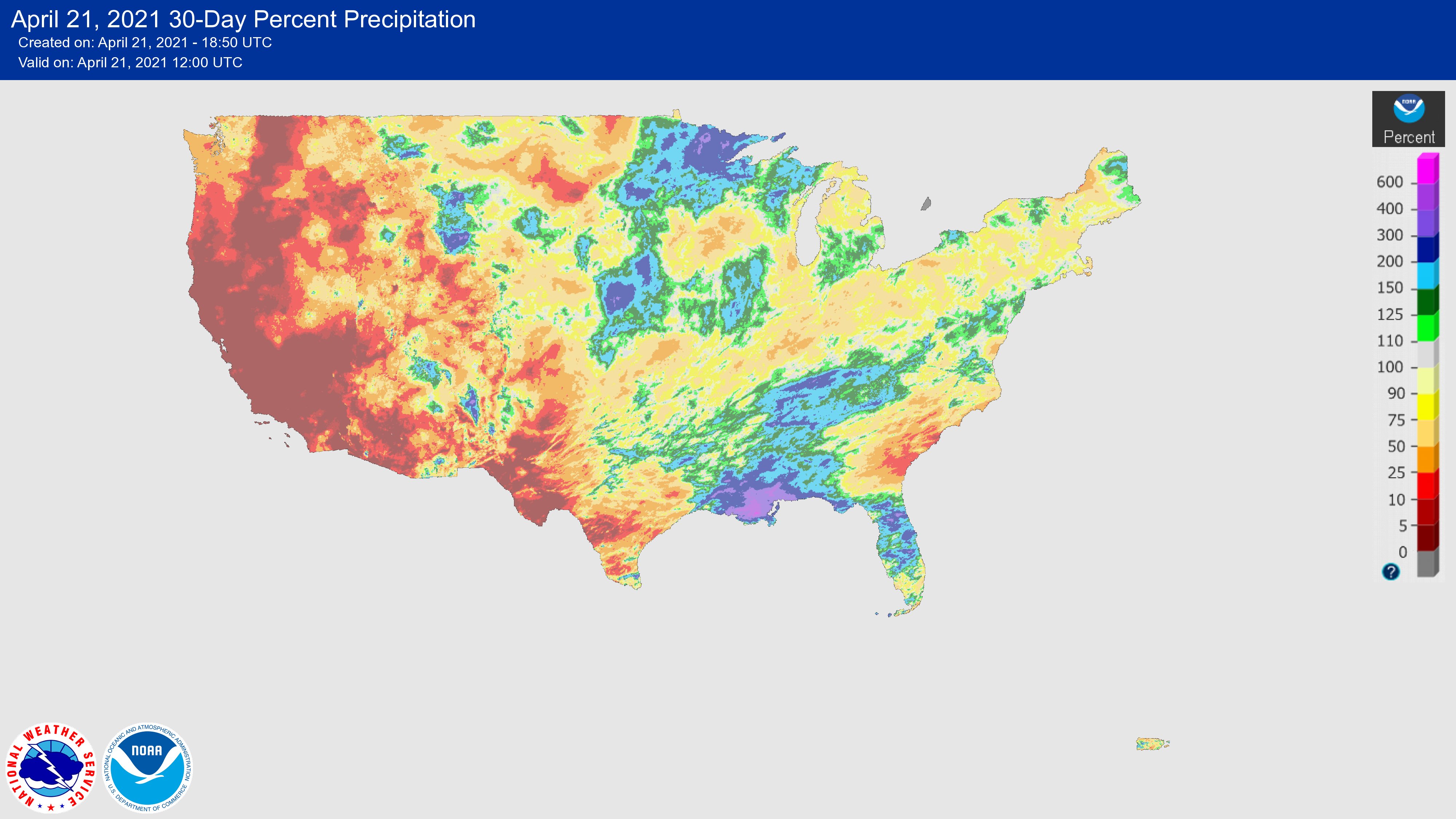White House launches Drought Relief Working Group
April 23, 2021
On 21 April 2021 – the same day California Governor Gavin Newsom proclaimed the drought in Sonoma and Mendocino counties as a state of emergency – the Biden Administration announced the formation of a drought-focused interagency working group.
Co-led by the Department of the Interior (DOI) and the U.S. Department of Agriculture (USDA), the federal interagency effort will coordinate existing federal resources to address worsening conditions of water shortage in western states.
To bring “immediate relief to irrigators, Tribes, and western communities impacted,” the working group will partner with state and local governments as well as Tribal governments.
“Water is a sacred resource. This Interagency Working Group will deliver a much-needed proactive approach to providing drought assistance to U.S. communities, including efforts to build long-term resiliency to water shortages,” said Interior Secretary Deb Haaland.
“In the United States, intense droughts threaten major economic drivers such as agriculture and recreation, disrupts food systems and water supplies, endangers public health, jeopardizes the integrity of critical infrastructure, and exacerbates wildfires and floods. With our interagency Working Group, we will collaborate with Tribes, agricultural producers, landowners, and rural communities to build regional resilience to drought,” said Agriculture Secretary Tom Vilsack.
As water allocations are at historic lows, the working group will work to identify immediate financial and technical assistance for impacted irrigators and Tribes. It faces the urgency to minimize impacts of the drought and to develop a long-term plan to facilitate conservation and economic growth is needed.
Development of longer-term measures to respond to climate change and build more resilient communities and protect the natural environment will also be a priority, including through President Biden’s proposed American Jobs Plan and through a recommitment to strengthening the National Drought Resilience Partnership (NDRP). Formed in 2013, the NDRP brings together multiple federal agencies to build long-term drought resilience, including developing innovative science-driven actions to address water supply challenges.
KISTERS partners with state and local water agencies, including irrigators, to use remote weather monitoring networks, weather forecasts and models to inform reservoir operations, water management decisions, as well as hydropower and solar power generation. Learn more about a forecast-coordinated hydrologic and hydraulic optimization model that informs water storage decisions. In addition, satellite data services are available to complement ground-based monitoring data.
